
Porcelain Pouch Vase Arnart W/ Crossed Arrows Mark Etsy
Arnart Porcelain (1 - 60 of 557 results) Price ($) Shipping All Sellers Sort by: Relevancy Arnart Creations / Porcelain Dish / Gold Encrusted / Floral / Square Dish / Candy Dish / (955) $14.00 Arnart Fragonard Victorian Love Story Porcelain Plate Courting Couple Beehive Circle R Mark Gold Gilt 10 1/4" White Center (1.3k) $45.00

Original Arnart Creation Fine China Apple Box For Sale
For example, Arnart Imports (in business circa 1957-2001), which imported fine porcelain & china from Japan and, to a lesser extent, Italy, used a beehive mark. However, Arnart Imports' mark is documented as being exactly symmetrical, usually in black, and having a tiny vertical line at the very bottom of the beehive and sometimes a dot.
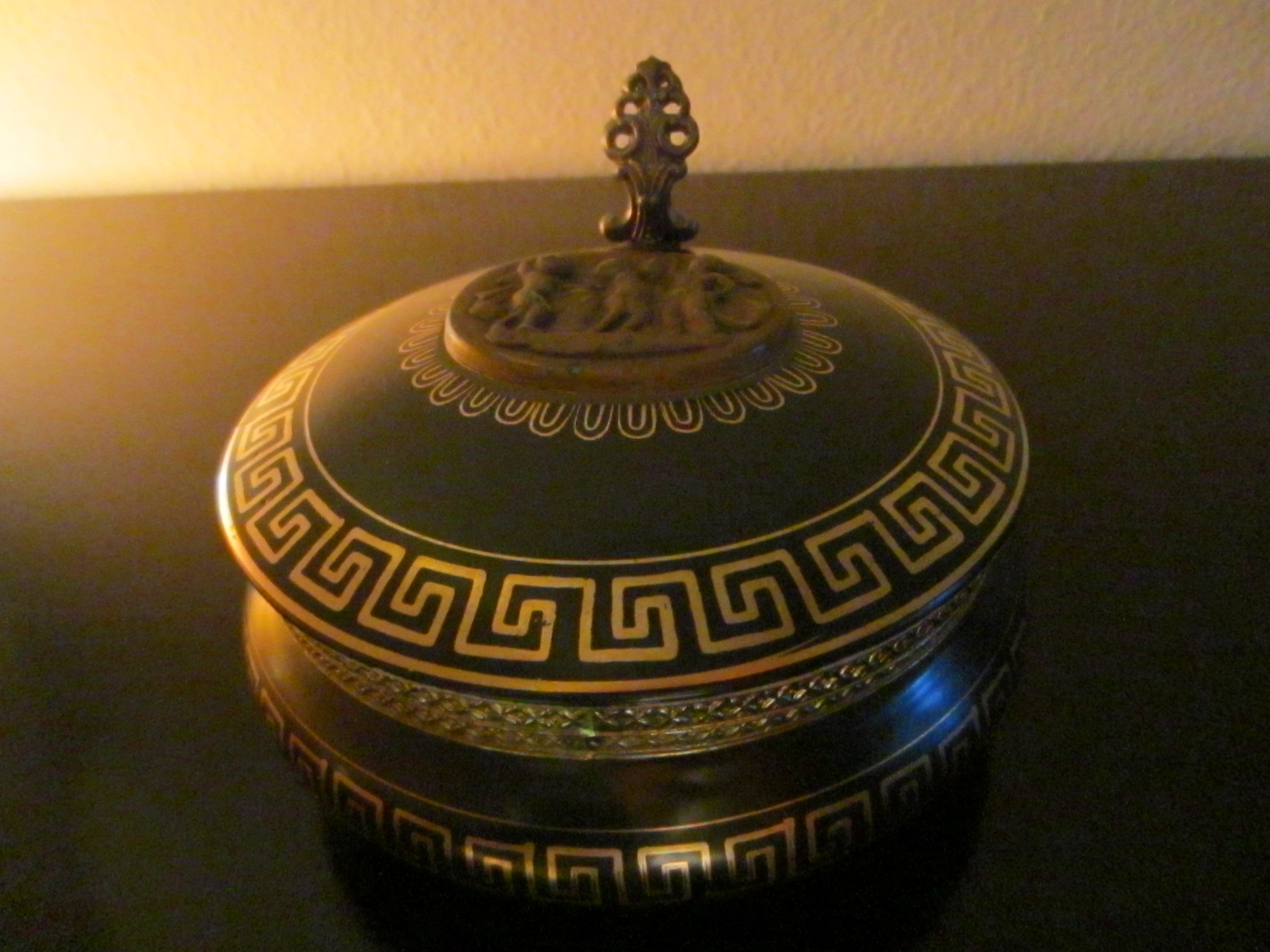
Beehive Arnart Demitasse Porcelain Gilt Bronze Covered Dish For Sale
In 1913, Wagner & Apel (W & A) employed 150 people and remained at about that number until the beginnings of the troubles of the war period in 1937. After the war, the town fell into the control of the Soviet block and the factory was nationalized. In 1990 with the fall of the Berlin Wall, Wagner & Apel (W & A) was put back into the hands of.
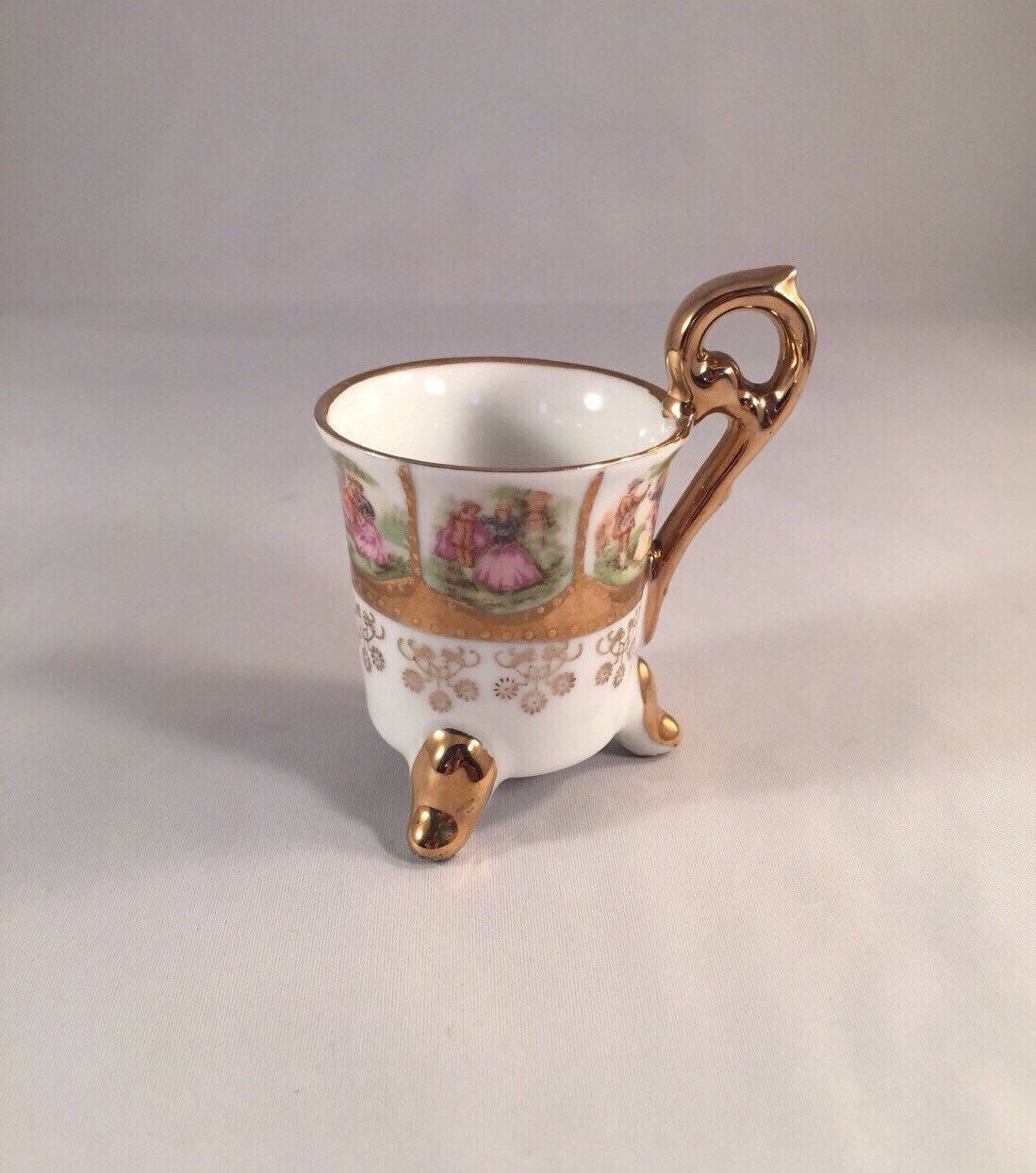
Porcelain Demitasse Teacup by Arnart Imports Japan by VintageBleue
Arnart Creation's porcelain figurines were designed by the German artist Erich Stauffer, but were made in Japan. Arnart Creations Japan was founded in 1953 to produce porcelain for its New York office Arnart Imports. These fake Hummels were created from 1953 to 1970. Three decades later, in 2001, Arnart Creations shut down production entirely.

Porcelain Pouch Vase Arnart W/ Crossed Arrows Mark Etsy
Arnart Imports, New York, New York. The imitation beehive mark is for Arnart Imports, a New York importer of Japanese products. The mark was apparently put into use in 1957. The sources differ as to when it ended. One says 1981, one says 2001, and one leaves it open-ended.
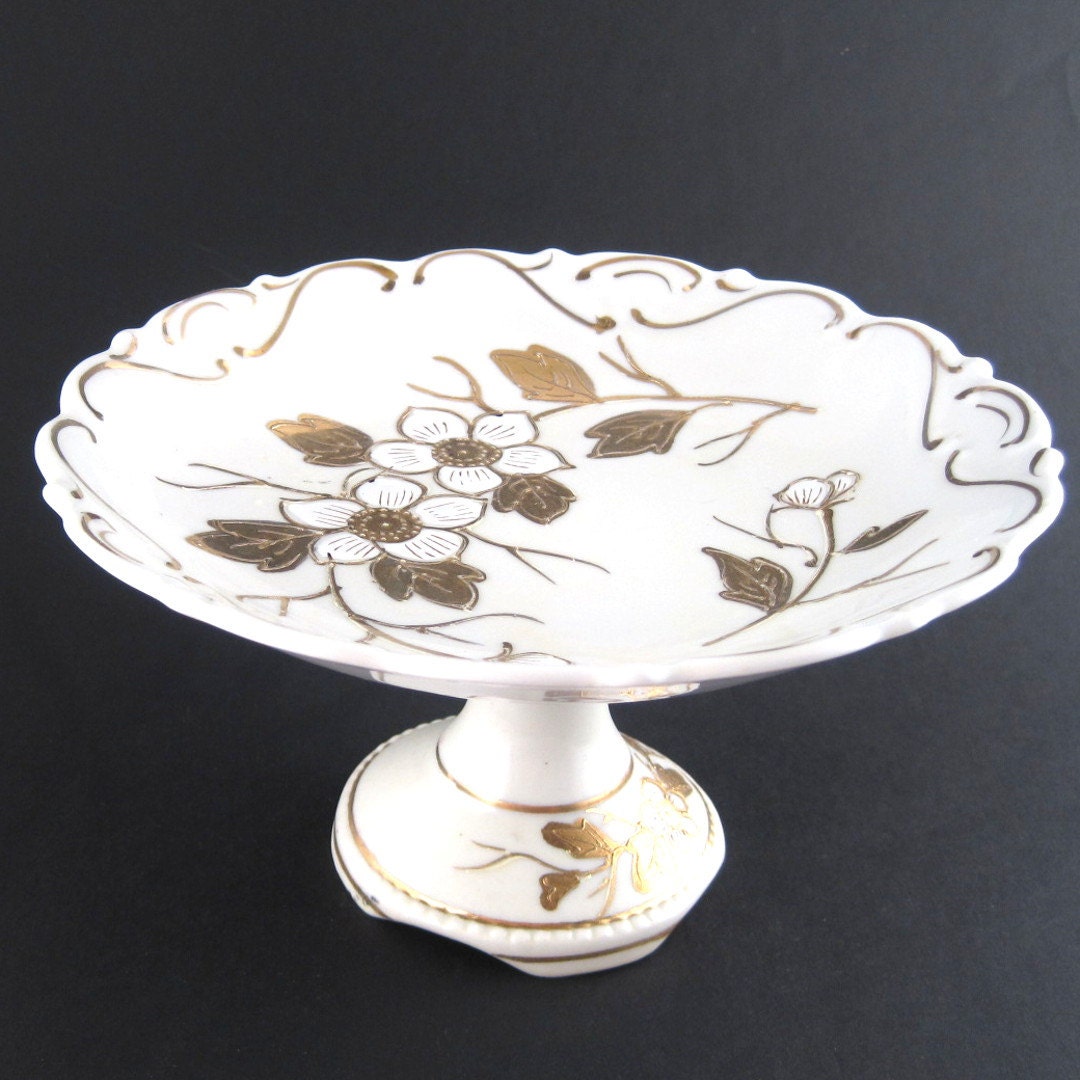
vintage arnart hand painted porcelain pedestal bowl compote
'Arnart 5th Ave.' (registered 1957) 'ArMark' 'Royal Carlton' (registered for porcelain tableware in 1957) 'Royal Chintz' 'Royal Crown' (registered in 1965 and used until 1987) Comment (s) When checking out marks on items without stickers, take a look at the number of feathers on the arrows and the numbers included in the mark.

ARNART CREATIONS Porcelain Collectible Figure Nov 15, 2017 The
Arnart Fragonard Victorian Love Story Porcelain Plate Courting Couple Beehive Circle R Mark Gold Gilt 10 1/4" White Center (1.3k) Sale Price $. Porcelain Arnart Boy with Dove and Girl with Basket. appox 4" tall. Hand Painted in soft colors. Vintage late 1950's (322) $ 49.00. FREE shipping Add to Favorites.
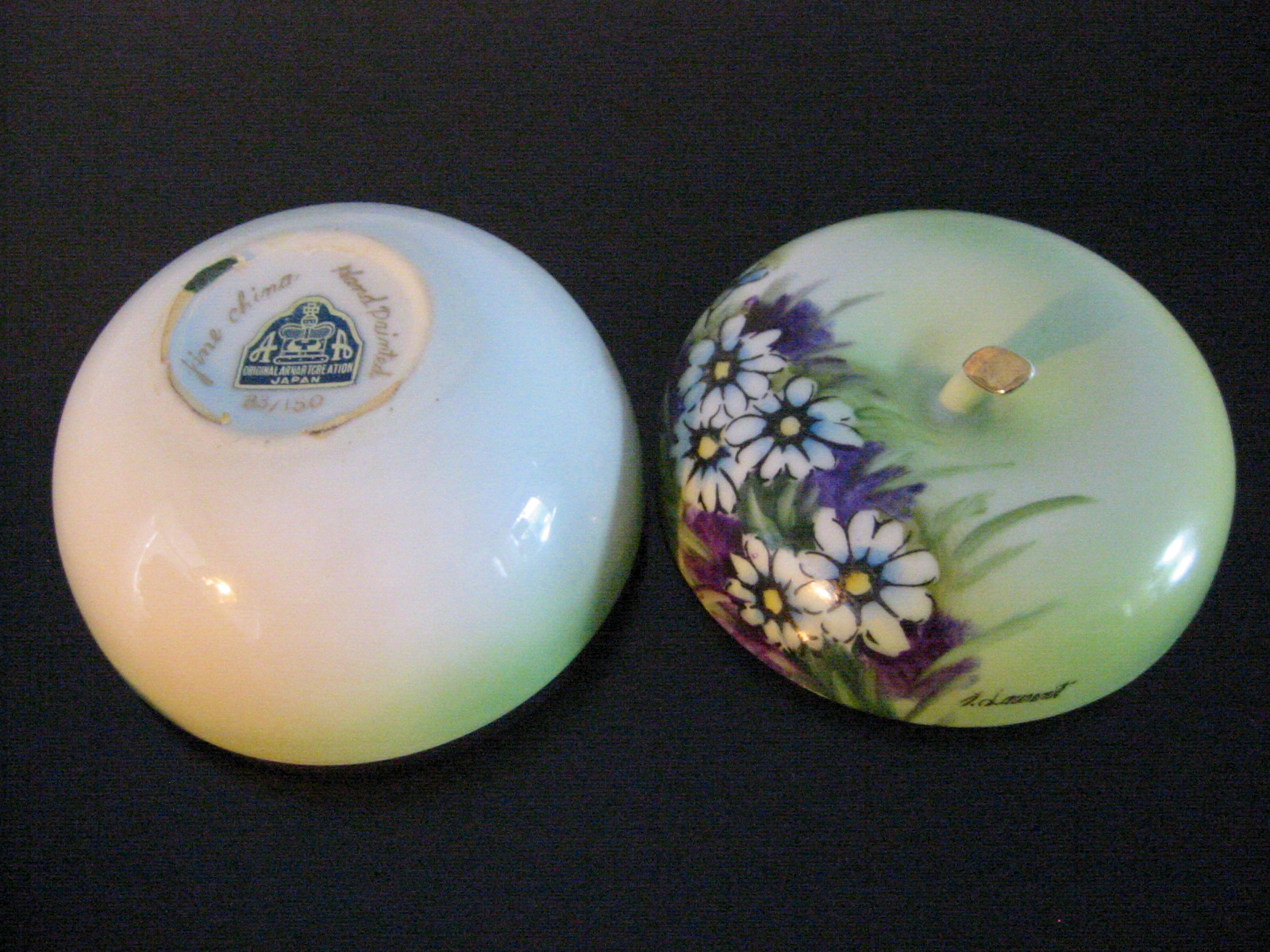
Original Arnart Creation Fine China Apple Box For Sale
Factory or Artist Dates. Pottery & Porcelain Marks - Shield: Marks that look like shields were used from the late 18th century to the present. Cylindrical shapes with a few horizontal lines inside were the earliest shield marks. Over time, the shield became more decorative. From 1774 to 1864, the Royal Vienna Porcelain factory used the.
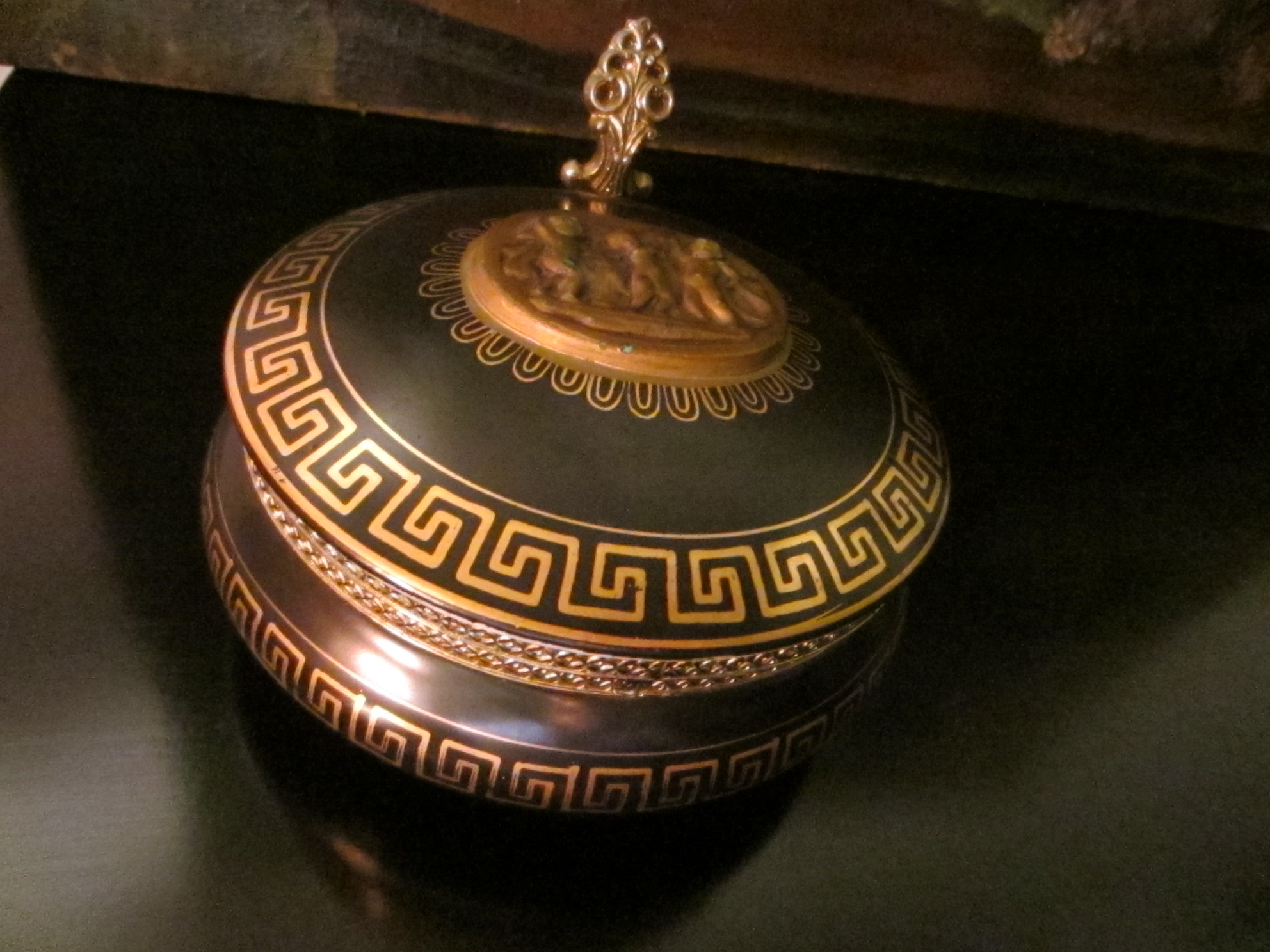
Beehive Arnart Demitasse Porcelain Gilt Bronze Covered Dish For Sale
Arnart Mark (1 - 35 of 35 results) Price ($) Shipping All Sellers Arnart Fragonard Victorian Love Story Porcelain Plate Courting Couple Beehive Circle R Mark Gold Gilt 10 1/4" White Center (1.2k) $45.00 Vintage Arnart Creations Biscuit Jar, German stein jar, pottery jar, lidded jar with a wicker handle, KW-G mark, cobalt blue, beige, green (902)
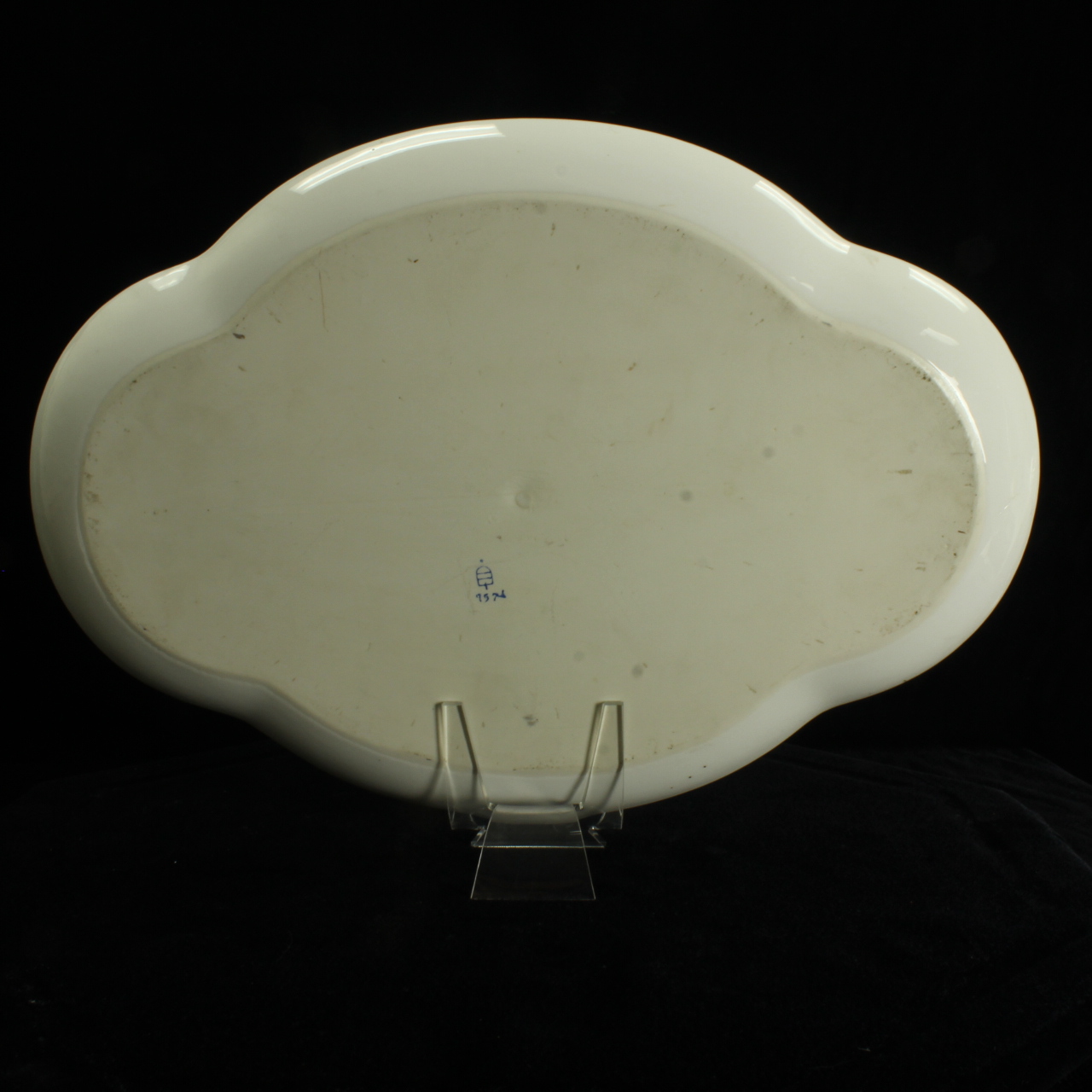
GoodLife Auctions Lot 1376, C. 1920s Handpainted Porcelain Tray
Taisho (1913-1926) Showa (1926-1988), where "early Showa" is often used to cover the Showa reign before 1945, and Heisei (1988-today) The marks are normally read from top to bottom, and right to left. Signatures are usually followed by a suffix, for example Sei, tsukuru or saku all meaning "made", or Ga, Dzu or Fude meaning "painted" or "drawn".

Porcelain Pouch Vase Arnart W/ Crossed Arrows Mark Etsy
Arnart often used brand names such as 'Royal Chintz', designed to be very Western or English-looking pottery marks. Some people describe their wares as 'fake tat', but I always shy away from such a description because there is still the skill of the artisan to be considered.

Vintage lidded Beer Stein marked with the KWG Arnart pottery mark
Camark Pottery. Camark Pottery produced pottery in Camden, Arkansas, starting in 1926 and continuing until about 1962. Production after Jack Carnes's death in 1958 was intermittent and the factory closed in 1982. Camark used labels and a typewriter mark as well as identification in the mold.
Karen's Little Red Wagon
Many of Arnart's marks were confusing and Arnart stopped using many of them around 2001-2004. Arnart Japanese Woman figurine, Geisha attire Porcelain, white; soft pastel coloring Maker's Mark: imprinted Arnart mark, blue symbol with Letters KPM Green felt pads added to base Vintage Approximate height 10" Pre-owned. excellent condition. Category.

Arnart Marking Or Something Else?? Artifact Collectors
Identify Your Antique Pottery and Porcelain Marks With This Easy Guide. By Pamela Wiggins Updated on 05/06/20 Michelle Dwyer / Getty Images Identifying a mark on a piece of pottery or porcelain is often the first step in researching the value of these antique and collectible pieces.

Sold Price Pair of Vintage Arnart Porcelain Figures June 6, 0118 6
The term Royal Vienna and the "beehive" mark are frequently used on fine porcelain and china pieces, mostly on decorative items. However, there never was a company or factory called Royal Vienna. Instead, many collectors use this term to refer to the Imperial & Royal Porcelain Manufactory in Vienna, Austria.

beautiful victorian [ARNART] porcelain limited ed. carriage and horses
This Kalk German porcelain crossed-arrow mark on what looks like a 19th-century Rococo style wall hanging was made by Arnart Creations, which contracted out the creation of figurines and decorative porcelain items to companies in Japan, Germany and Taiwan that were exported to the United State and other countries beginning about 1953.